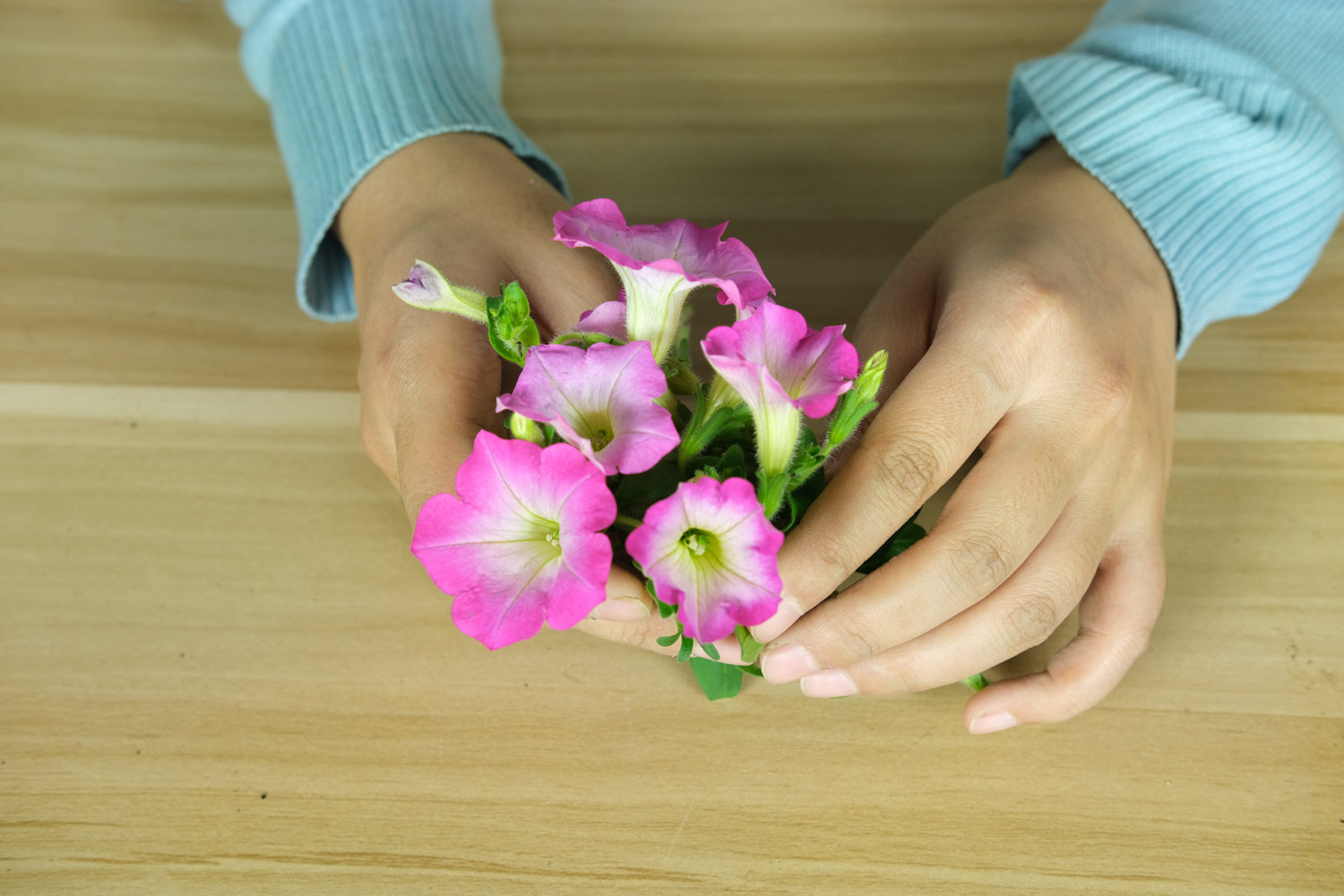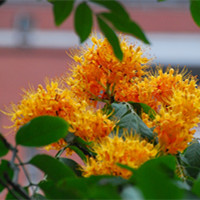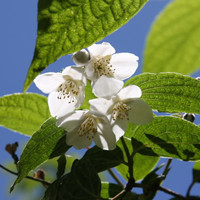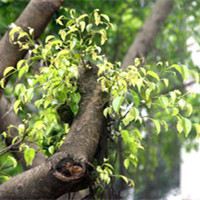Introduction to red sandalwood
Sandalwood and red sandalwood are mostly produced in tropical and subtropical virgin forests, and Indian red sandalwood is the best. As the saying goes, ten sandalwood and nine empty. The diameter of the largest red sandalwood is only about 20 cm, and its rarity can be imagined
Red sandalwood is hard in texture, and its color ranges from dark black to red. It is changeable and has fine texture. There are many kinds of red sandalwood. The growth rate of red sandalwood is slow. It takes five years to grow a ring, and it takes more than 800 years to become wood. The hardness is the first of wood, which is called "the wood of the emperor", which is not comparable to ordinary wood
After polishing, the wood is very oily, moist like a rhinoceros horn, and has fine, beautiful and vivid cow hair patterns. Its color is dark purple or black purple, deep and stable. It is a very excellent material for making furniture
In the early Qing Dynasty, red sandalwood furniture was almost monopolized by the court. The Ministry of household set up procurement points in South and Southeast Asia to purchase red sandalwood for the court. After the reform and opening up, people's income has increased, their life has improved, and their love for classical and traditional furniture has gradually become a fashion
Red sandalwood furniture has become the darling of the middle class. With the booming market demand and the fact that red sandalwood is about to be listed in the list of environmental protection and logging is prohibited, it will enter the same protection ranks as ivory and rhinoceros horn
Relevant countries also strictly control exports. Therefore, the price of red sandalwood has risen rapidly. Compared with five years ago, the price has increased more than ten times. At present, the market price has exceeded one million yuan per ton


























